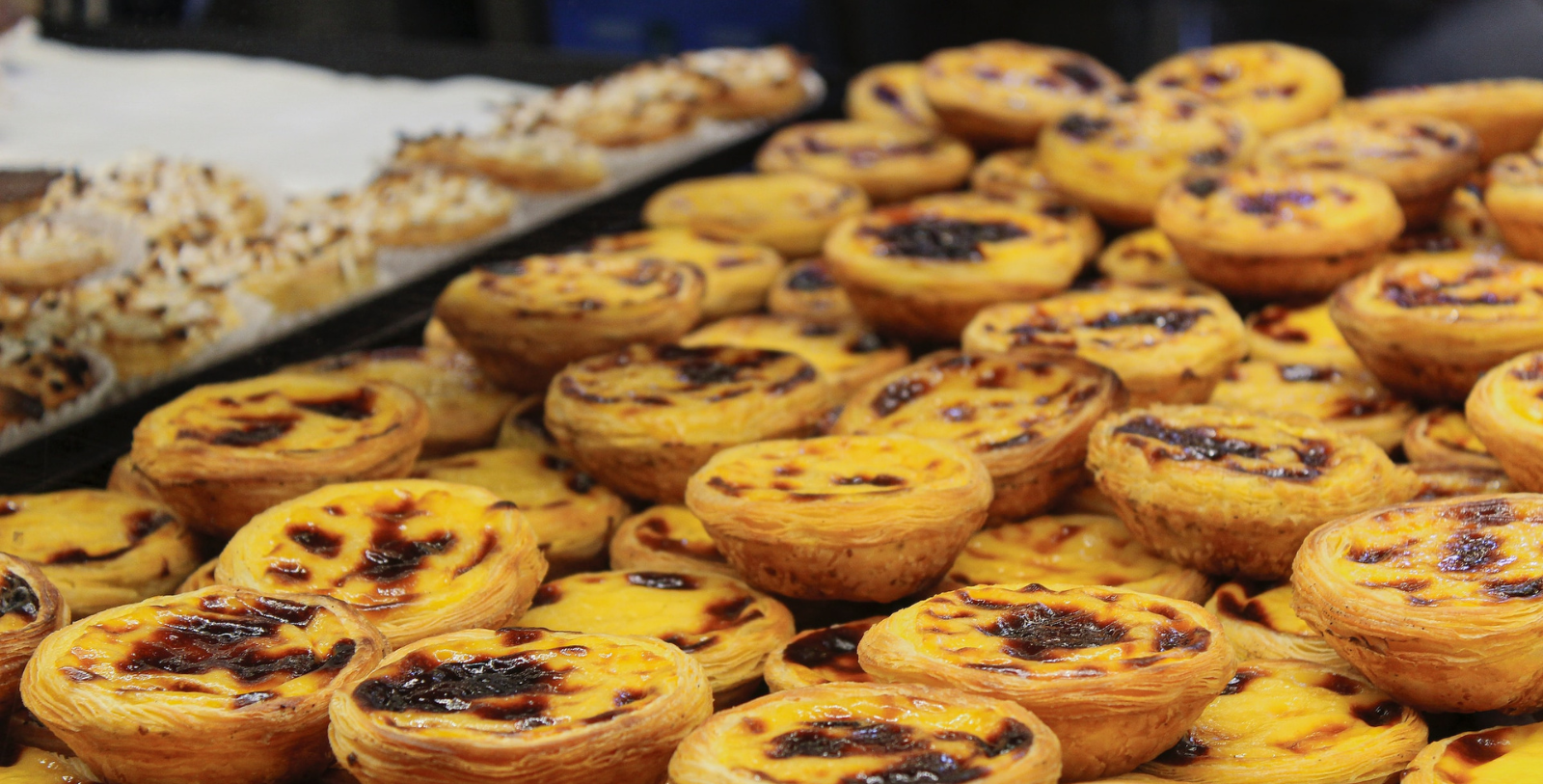Receive for Free - Discover & Explore eNewsletter monthly with advance notice of special offers, packages, and insider savings from 10% - 30% off Best Available Rates at selected hotels.
pastel de nata (portuguese custard tart)
No matter where the destination, no trip to Portugal is complete without enjoying a pastel de nata from one of the country’s many pastelarias, or “pastry shops.” Although these egg custard tarts are ubiquitous throughout Portugal, their delicious roots rest in Lisbon at the Mosteiro dos Jerónimos (Jerónimos Monastery) in the city’s Belém district. During the 17th century, the Catholic monks who lived at the monastery would commonly use egg whites to starch the nuns’ and friars’ clothes and keep them crisp for their daily devotions. In a true case of culinary serendipity, the monks were faced with more leftover yolks than they knew what to do with.
However, as the saying goes, “waste not, want not.” To deal with the overabundance, the monks began making petite custard tarts out of the leftover yolks. Sadly, due to the Liberal Revolution of 1820, the country’s convents and monasteries were forced to close in 1834 and the clergy and laborers who called them home were expelled. Unsurprisingly, times were tough. In a bid to bring in income, entrepreneuring monks sold the egg tart recipe to a sugar cane refinery, which was attached to a little general store. Three years later, they opened up Fabrica de Pastéis de Belém, baking up the quintessential Portuguese treat in the complex of the sugar refinery with the closely guarded recipe from Jerónimos Monastery and selling them to visitors to the area. Almost two centuries later, the recipe remains the same to this day, and travelers to Lisbon can still enjoy a taste of the beloved tart from Pastéis de Belém, the same pastry shop that began selling them those many years ago.


























